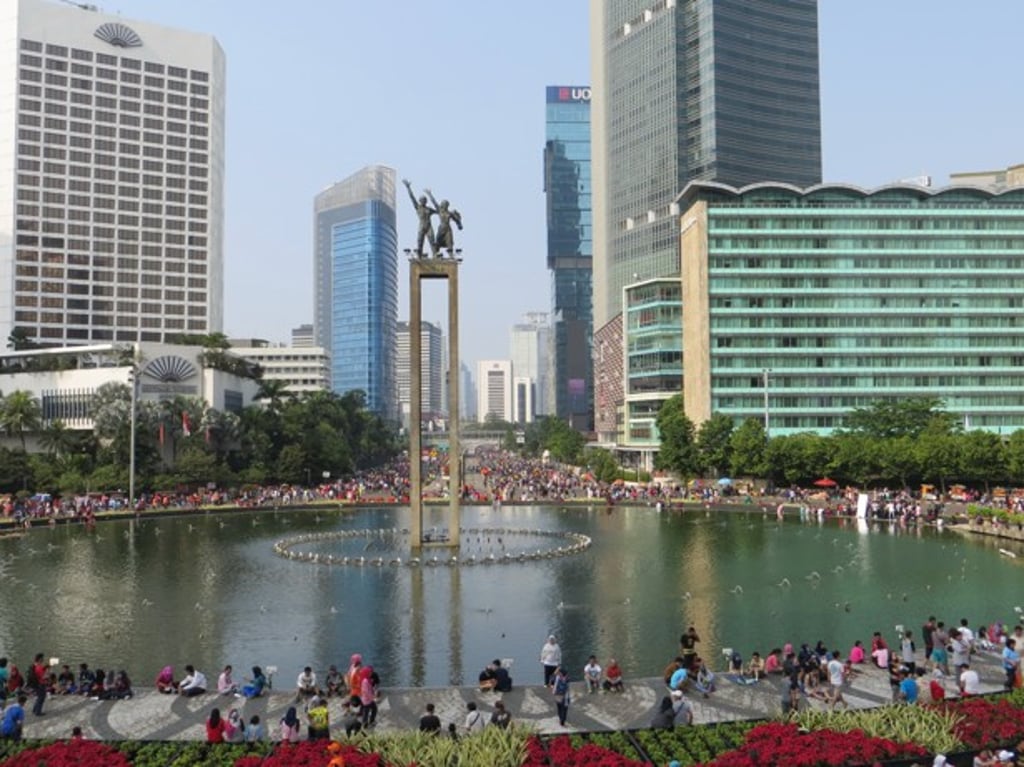Inside Indonesia’s first five-star hotel, in Jakarta, and its part in building a nation
- Opened in 1962, Hotel Indonesia was a major part of President Sukarno’s vision to build the confidence of the country’s people
- A huge revamp kept its facade but transformed the interior, making it ‘basically a brand new hotel’

Visiting Jakarta, known for some of Asia’s worst traffic jams, should become slightly more bearable this year with the opening in March of the first 16 kilometres of the North-South Mass Rapid Transit Jakarta rail system – the Indonesian capital’s first.
Work on the project started in 2003, and was subject to numerous delays, but the MRT line – comprising both subways and overhead rail – will be capable of carrying up to 200,000 passengers a day in air-conditioned comfort. It will run from the Hotel Indonesia Roundabout – with the famous Welcome Monument and its two giant waving figures at its centre – to the southern area of Lebak Bulus, passing under Sudirman Road – the central business district – along the way.
Construction of a second MRT line, running from the roundabout to Kota Tua (Old Town), should start early this year.
The first MRT line will cement the status of the Hotel Indonesia Roundabout as the heart of Jakarta’s transport system. Arguably, the neighbourhood is already at the core of the city’s modern history as envisioned by Indonesia’s first post-independence president, Sukarno.

Sukarno, who led the country between 1945 and 1967, left an indelible imprint on Jakarta by commissioning an assortment of massive buildings, statues and artworks that remain landmarks to this day.